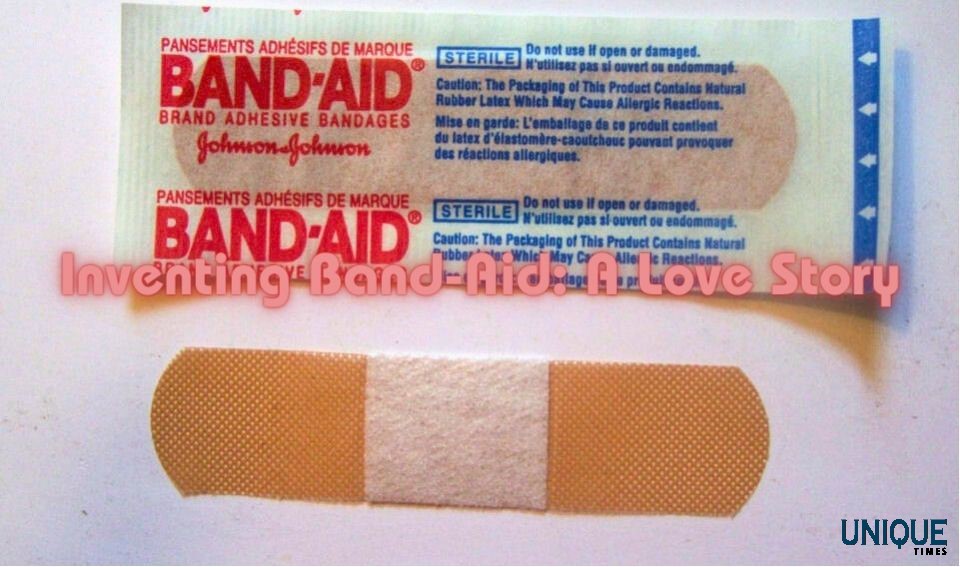The Inventor of Adhesive Bandages: How Earle Dickson Revolutionized First Aid

When we think of household inventions, adhesive bandages may not be the first thing that comes to mind. Yet, these small, essential items have saved countless minor injuries from becoming major issues. The story behind the invention of adhesive bandages is a heartwarming tale of innovation and care. Meet Earle Dickson, the man who created adhesive bandages to help his accident-prone wife, and learn how his invention changed first aid forever.
The Household Challenge
In the early 20th century, housework was a demanding and sometimes hazardous task. Lillian Dickson, Earle Dickson’s wife, frequently found herself with small cuts and blisters while performing her domestic duties. These minor injuries were not life-threatening, but they were certainly bothersome and could become infected if not properly cared for.
The Innovative Solution
Earle Dickson worked as a cotton buyer for Johnson & Johnson, a company known for its medical products. One day, he had an idea that would revolutionize first aid. He took a piece of gauze and attached it to a strip of adhesive tape. This simple yet ingenious design allowed Lillian to easily apply a bandage to her own wounds without assistance. The adhesive bandage was born.
The Birth of Band-Aid
In 1920, Johnson & Johnson recognized the potential of Earle Dickson’s invention and decided to manufacture and sell it to the public. They named it “Band-Aid,” a combination of the words “bandage” and “aid.” Initially, Band-Aids were handmade and not very popular. However, Johnson & Johnson soon automated the production process, making them more affordable and widely accessible.
A Household Staple
Band-Aid adhesive bandages quickly gained popularity and became a staple in households across the United States. They were convenient, hygienic, and, most importantly, effective at protecting minor wounds from infection. Over time, Band-Aids evolved, with various sizes, shapes, and materials to suit different needs.
Legacy of Care
Earle Dickson’s invention of the adhesive bandage not only made life easier for his wife but also had a profound impact on first aid practices. It set the stage for further innovations in medical supplies and the development of the modern first aid kit. Today, Band-Aids and similar adhesive bandages are found in homes, schools, and workplaces worldwide, providing quick and easy solutions for everyday cuts and scrapes.
Conclusion
Earle Dickson’s simple yet brilliant invention, driven by his love and concern for his wife, has had a lasting impact on the way we care for minor injuries. Band-Aids and adhesive bandages have become synonymous with first aid, and they continue to serve as a testament to the power of innovation and the everyday heroes who make our lives safer and more comfortable.
Picture Courtesy: Google/images are subject to copyright








